
Vinegar Is the Key to Streak-Free Windows and Shiny Surfaces — But Most Use It Wrong
Vinegar has long been celebrated as one of nature’s most versatile cleaning agents, praised for its ability to dissolve grime, deodorize, and disinfect without the need for harsh chemicals. Yet, despite its popularity, many people are disappointed by streaky windows or dull finishes after cleaning. The issue isn’t with vinegar itself — it’s with how it’s used. By understanding the science behind vinegar’s cleaning power and applying a few pro tips, you can achieve sparkling, streak-free results every time (Good Housekeeping, 2024).
The Science Behind Vinegar’s Cleaning Power
Vinegar’s effectiveness lies in its acetic acid content, typically between 5% and 8%. This mild acid dissolves mineral deposits, soap scum, and grease, breaking the chemical bonds between dirt and surfaces. According to The New York Times (2023), vinegar’s acidity makes it ideal for cutting through calcium and limescale that cause dull or cloudy glass. It also has mild antibacterial properties, reducing surface germs naturally — a key reason why many households prefer it over bleach-based cleaners.
Common Mistakes When Using Vinegar
The biggest mistake most people make? Using undiluted vinegar. Full-strength vinegar can be too harsh, leading to surface damage or streaks. The correct ratio is 1:1 vinegar to water, creating a balanced solution that cleans effectively without leaving residue.
Another common error is applying vinegar to the wrong materials. Avoid using vinegar on marble, granite, or natural stone — its acidity can etch the surface. Similarly, skip it on waxed wood or electronic screens.
Choosing the Right Type of Vinegar
For streak-free results, always use distilled white vinegar. Unlike apple cider or wine vinegars, it’s clear, odor-neutral, and has a consistent acidity level. Experts at Martha Stewart Living (2024) recommend white vinegar with at least 5% acetic acid for household cleaning, as it balances cleaning strength and surface safety.
Making the Perfect Vinegar Cleaning Solution
Mix equal parts vinegar and water in a clean spray bottle. For tough spots, like mineral buildup or greasy residue, increase the vinegar concentration slightly (a 2:1 ratio). Shake well before each use. You can also add a few drops of essential oil — lemon or tea tree — for a fresh scent and added antibacterial benefit.
Tools for a Streak-Free Finish
Use a microfiber cloth, not paper towels. Microfiber traps dirt and absorbs liquid without leaving lint behind. For windows, follow with a rubber squeegee — start at the top, swipe downward in overlapping strokes, and wipe the blade between passes. This technique, widely endorsed by professional cleaners (The Washington Post, 2023), ensures a flawless, streak-free shine.
Step-by-Step: Cleaning Windows the Right Way
-
Dust the surface first with a dry microfiber cloth.
-
Spray the vinegar solution evenly over the glass.
-
Wipe in circular motions to loosen grime.
-
Use a squeegee from top to bottom to remove residue.
-
Finish by drying edges and corners with a clean, dry cloth.
Beyond Windows: Other Shiny Uses for Vinegar
Vinegar isn’t just for glass. Use it on stainless steel appliances, glass tabletops, mirrors, and chrome fixtures. For stainless steel, spray the diluted solution and wipe with the grain to avoid streaks. In bathrooms, let vinegar sit for a few minutes on faucets or showerheads before wiping — it dissolves mineral deposits for a polished look (Consumer Reports, 2024).
Viral Cleaning Hacks: What Works and What Doesn’t
Some viral “cleaning hacks” involving vinegar really work — others don’t. Heating vinegar in the microwave to loosen grime? Excellent trick. But using it on hardwood floors or natural stone? A costly mistake. Always test first on a small area to prevent damage.
Safety and Eco-Friendly Benefits
Never mix vinegar with bleach or hydrogen peroxide — doing so can release toxic gases. Use it in a well-ventilated area and wear gloves if you have sensitive skin. Beyond safety, vinegar shines as an eco-friendly cleaner: it’s biodegradable, non-toxic, and eliminates the need for multiple plastic-packaged cleaning products (Environmental Working Group, 2023).
Frequently Asked Questions
Q: Can vinegar kill mold?
A: Yes — spray full-strength vinegar, let sit for 60 minutes, then scrub.
Q: Is vinegar safe for all surfaces?
A: No. Avoid natural stone, waxed finishes, and electronic screens.
Q: How often should I clean windows with vinegar?
A: Every 2–3 months or as needed for clarity and shine.
Conclusion: The Smarter Way to Clean Naturally
When used correctly, vinegar is a powerful, sustainable cleaning solution that delivers crystal-clear windows and gleaming surfaces. It’s inexpensive, chemical-free, and kind to both your home and the planet. With proper dilution, the right tools, and a bit of know-how, you can transform everyday cleaning into an eco-friendly ritual — one streak-free shine at a time.
News in the same category


Mixing Leftover Rice with Laundry Detergent: A Surprising Cleaning Hack That Works Wonders
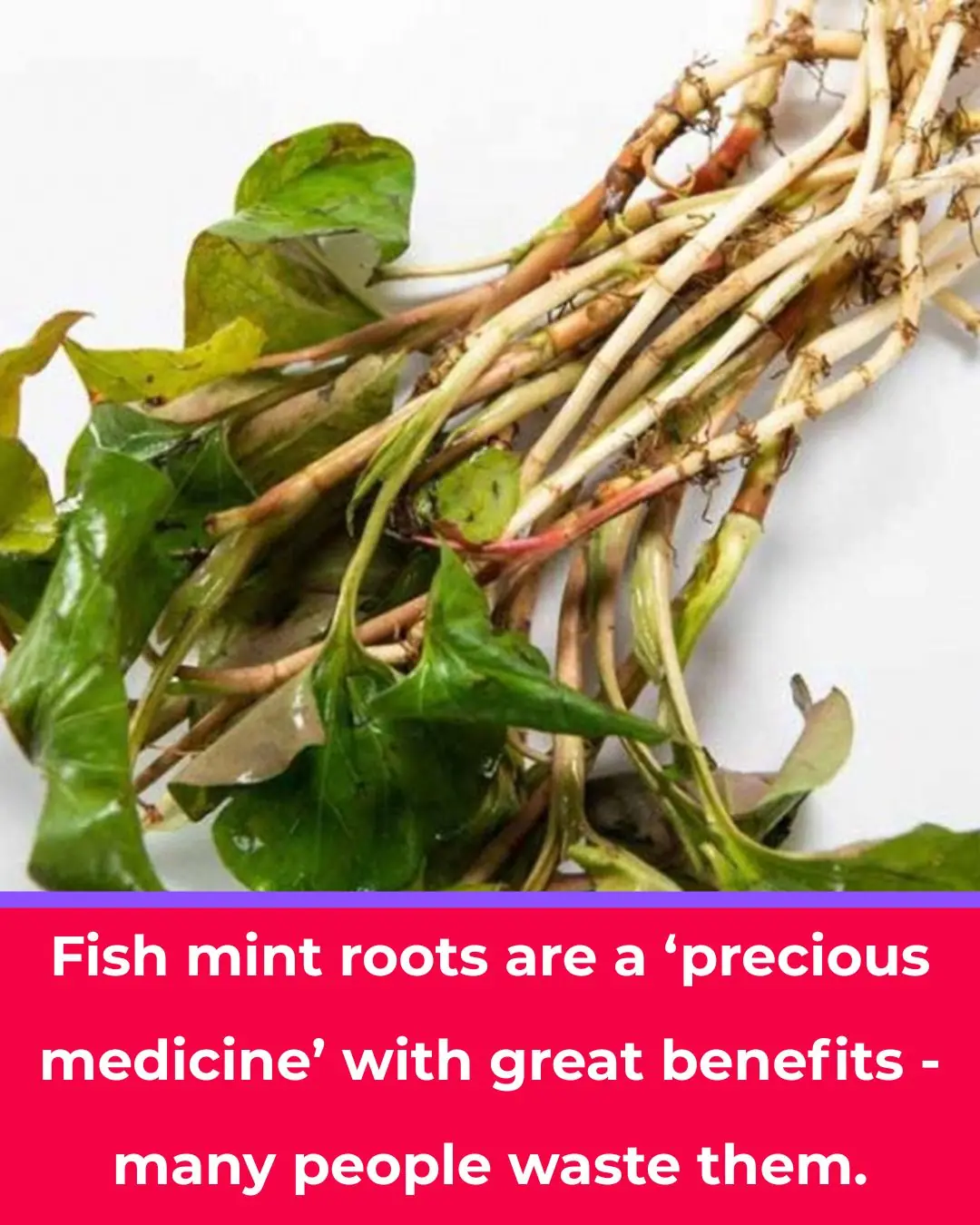
Houttuynia Root: The Overlooked Part with Powerful Health Benefits
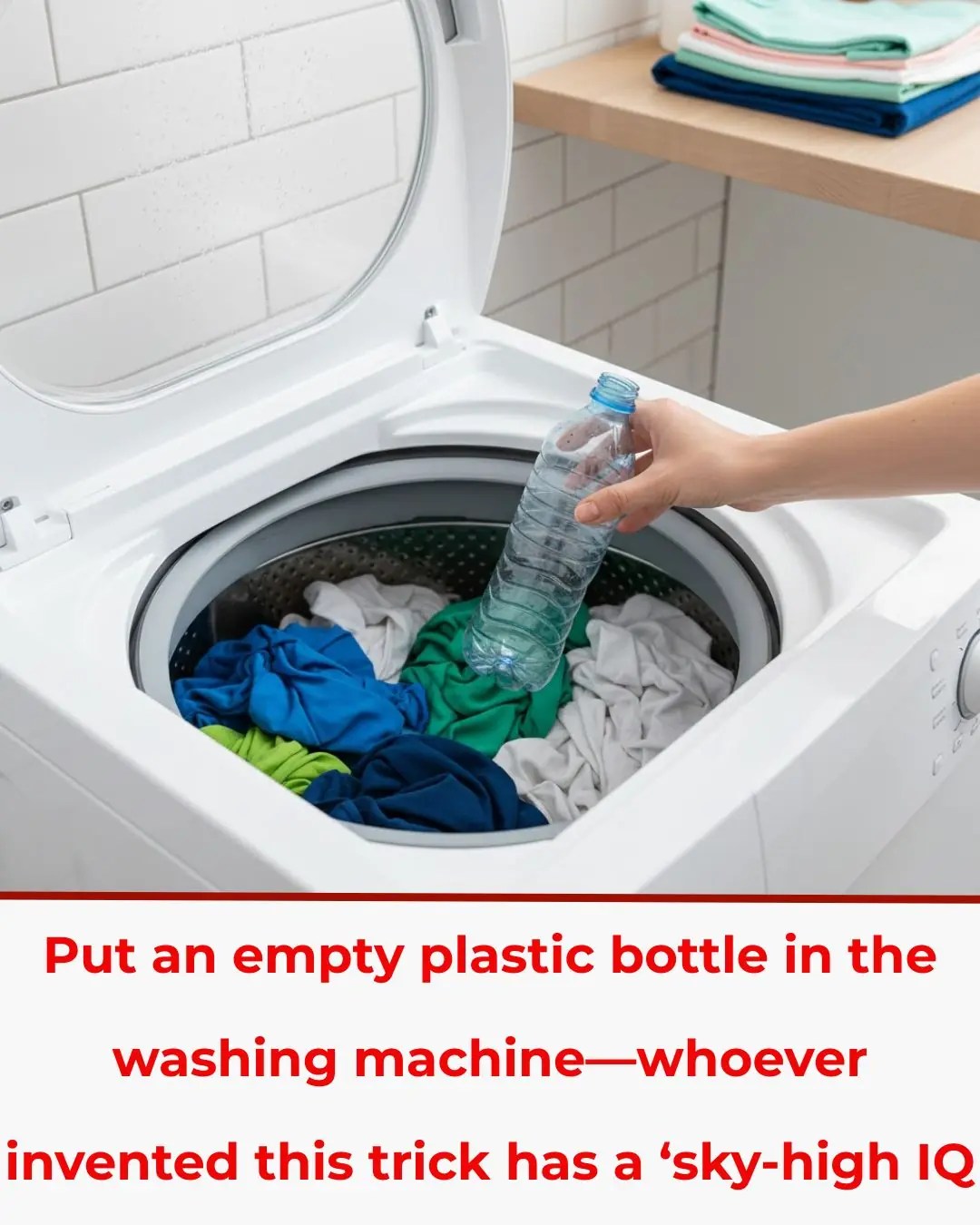
Plastic Bottle Laundry Hack: How a Simple Trick Reduces Detergent Waste and Environmental Impact
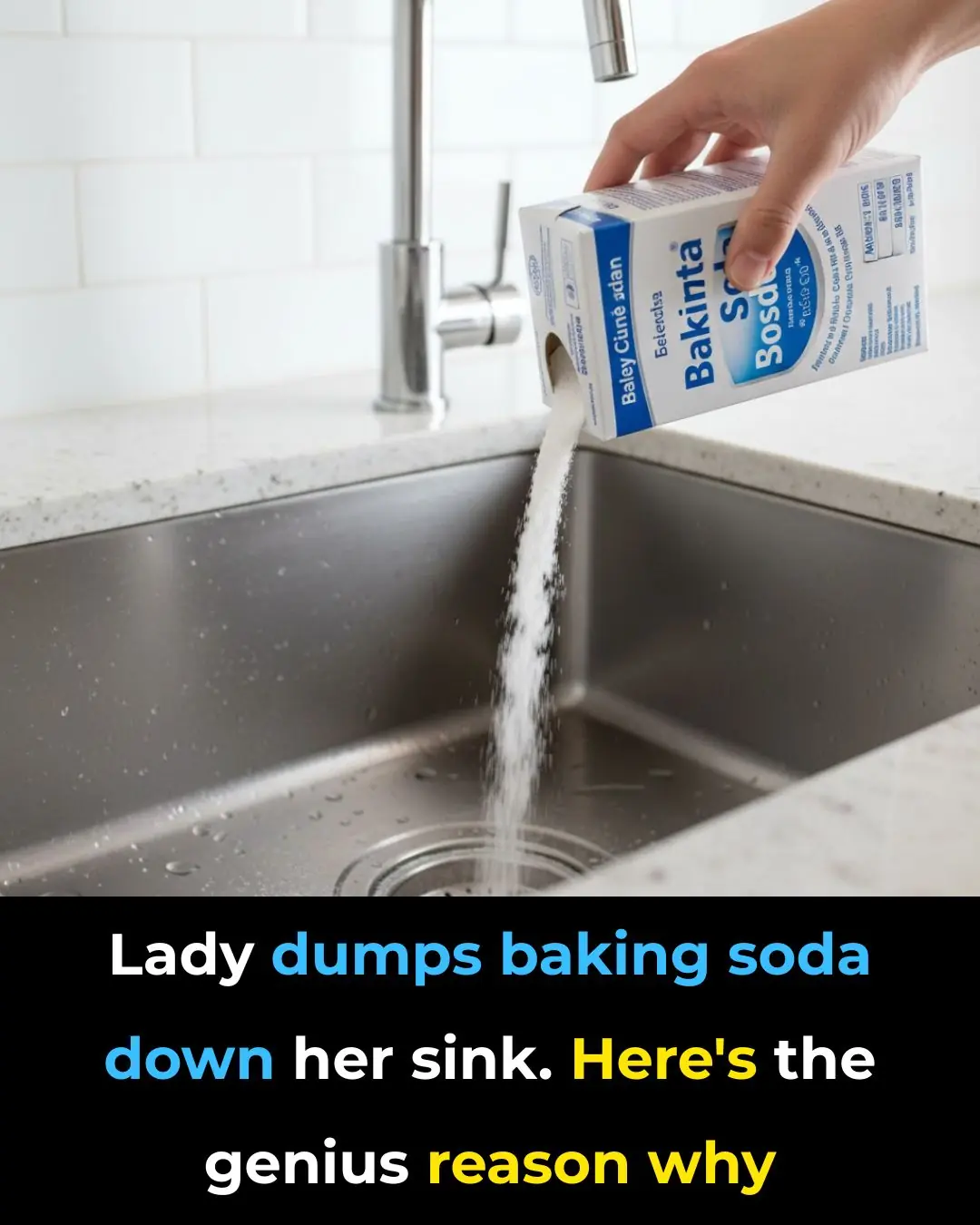
The Genius Science Behind Using Baking Soda in Your Sink
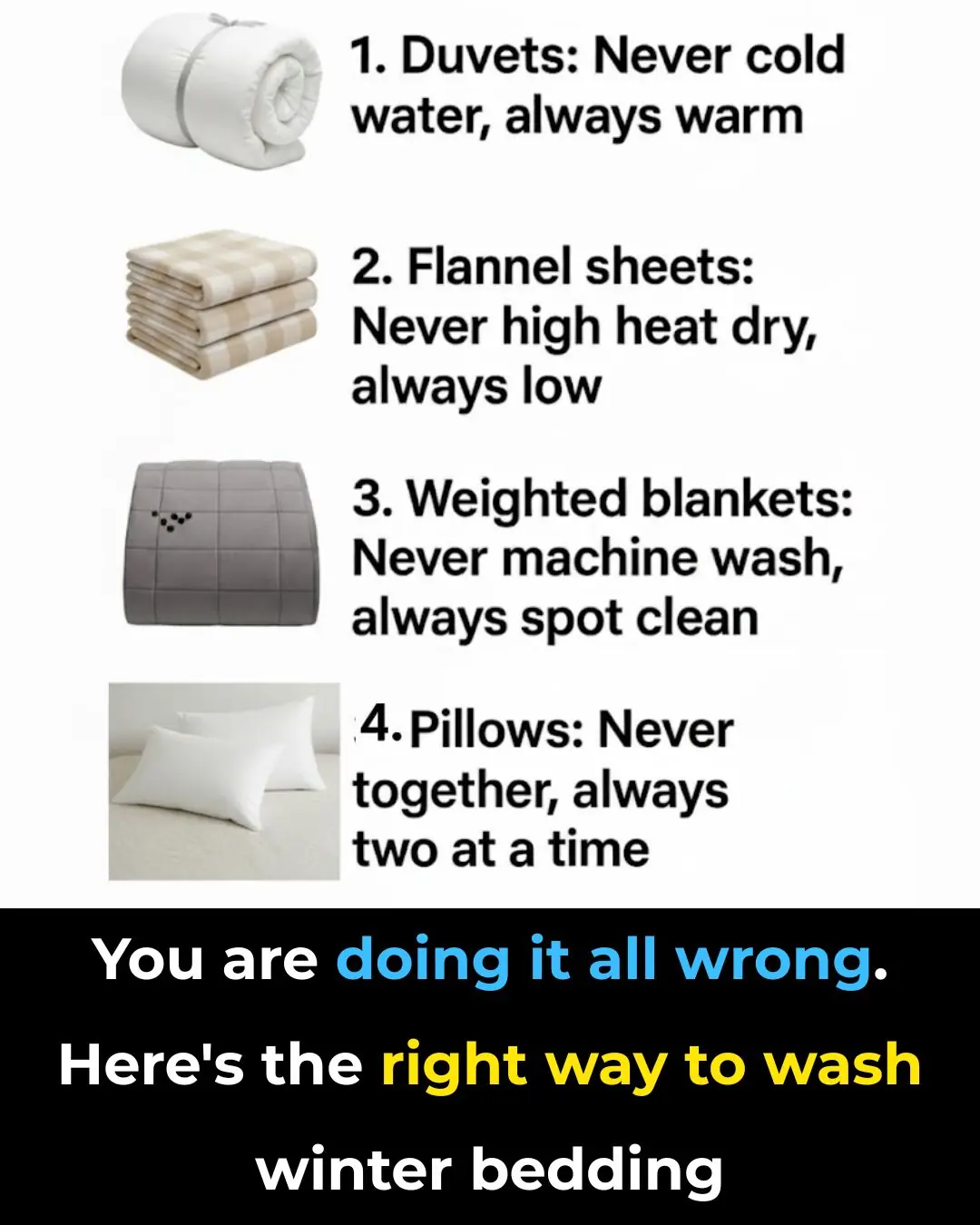
You’re Doing It All Wrong — Here’s the Right Way to Wash Winter Bedding

13 Black-Owned Coffee Shops That Will Help Boost Your Productivity When Working Remotely

Big Sean Releases First Book ‘Go Higher’ to Promote Everyday Mental Wellness

Fuming Frankie Bridge on row with husband Wayne over her appearance

Strictly star James Jordan expresses concerns for Ellie Goldstein amid ‘gruelling and emotionally draining’ series

Kash Patel hits back at attacks on ‘country music sensation’ girlfriend Alexis Wilkins

Diane Lane says ‘The Outsiders’ had ‘too much testosterone’ on movie set: ‘It was hot!’
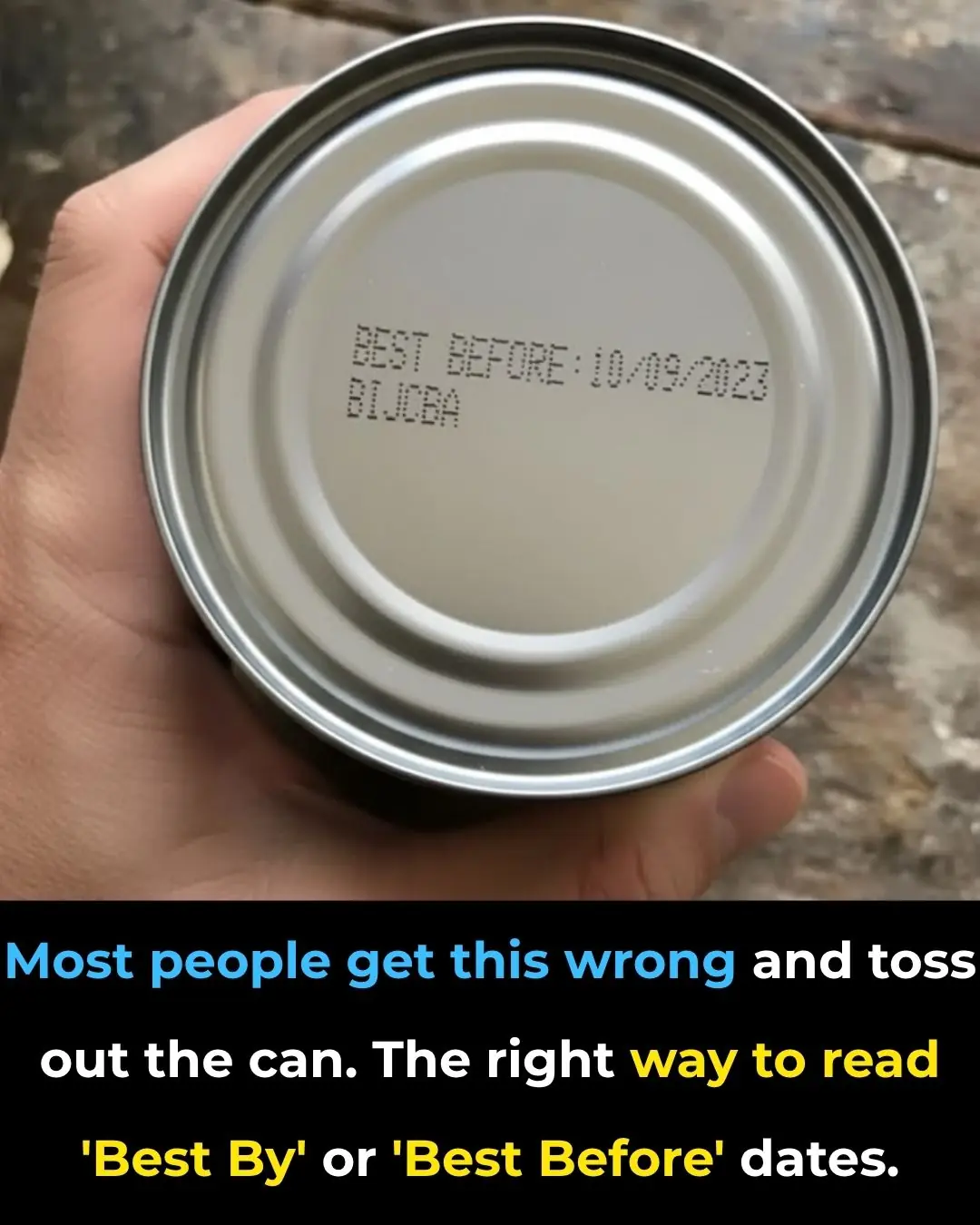
Most People Get This Wrong: The Right Way to Read ‘Best By’ or ‘Best Before’ Dates

Sydney Sweeney confronts ex-fiancé Jonathan Davino in tense, late-night exchange: ‘Leave me alone!’

Ariana Grande opens up on 'toughest struggle' that only Taylor Swift understands

Britney Spears family 'rallying' around her amid 'more worried than ever' concerns

Strictly star Amy Dowden's 'life changed forever' after terrifying realisation in cancer battle

‘You Showing Why Ion FW Yo Kind’: Kendrick Perkins Has Pulled His Support For NBA Star Ja Morant, Fans Wonder Will He Ever Grow Up

Dawn Staley Tells A’ja Wilson Her SC Gamecocks Jersey Will Officially Be Retired in Heartwarming Call
News Post
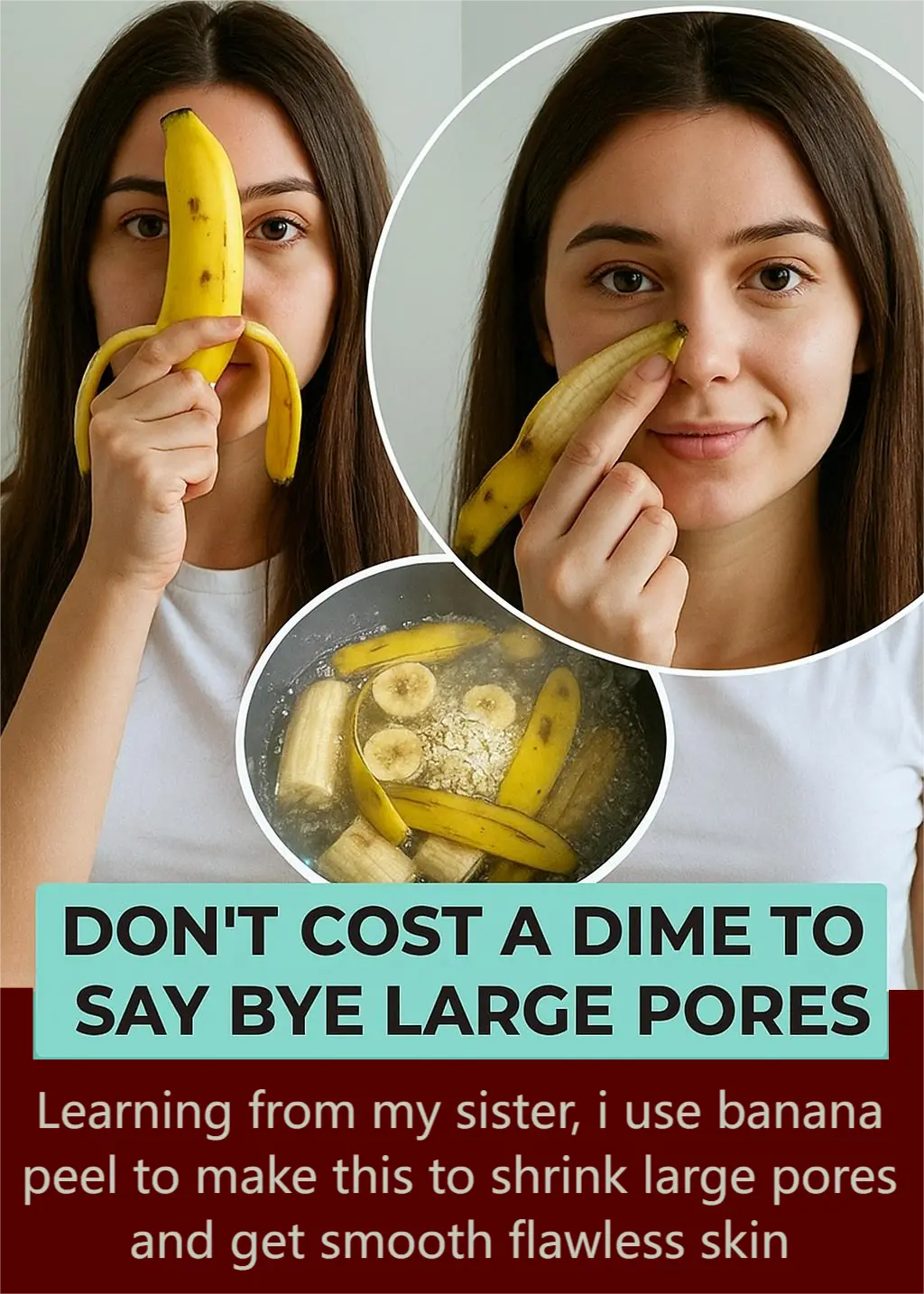
Shrink Open Pores Naturally with Banana Peel and Simple Home Remedies

The Chia Seed–Aloe Vera Anti-Wrinkle Mask: A Natural Remedy for Smoother, Younger-Looking Skin
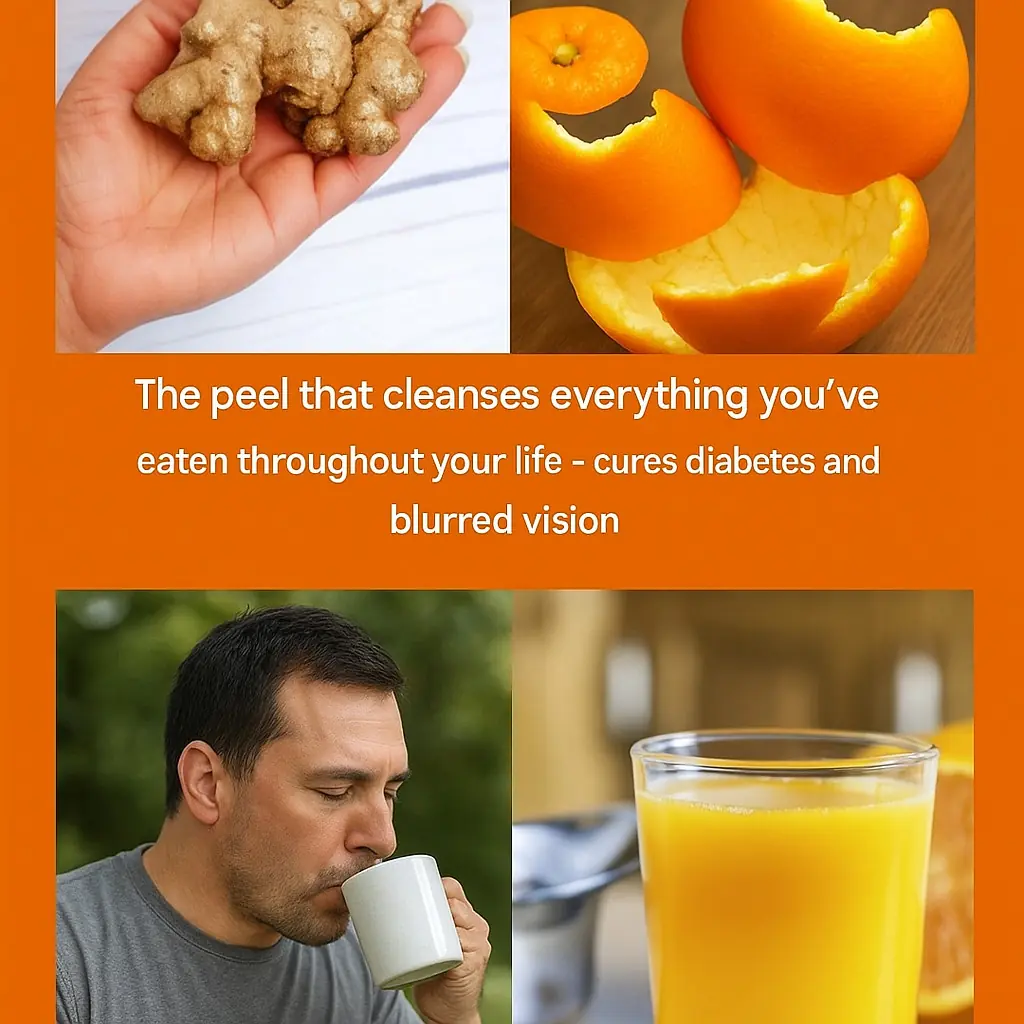
The Orange Peel Elixir That Cleanses Your Whole Body and Fights Diabetes, Cholesterol, and Blurry Vision

Stubborn Grass (Sporobolus indicus): The Resilient Weed with Hidden Healing Powers
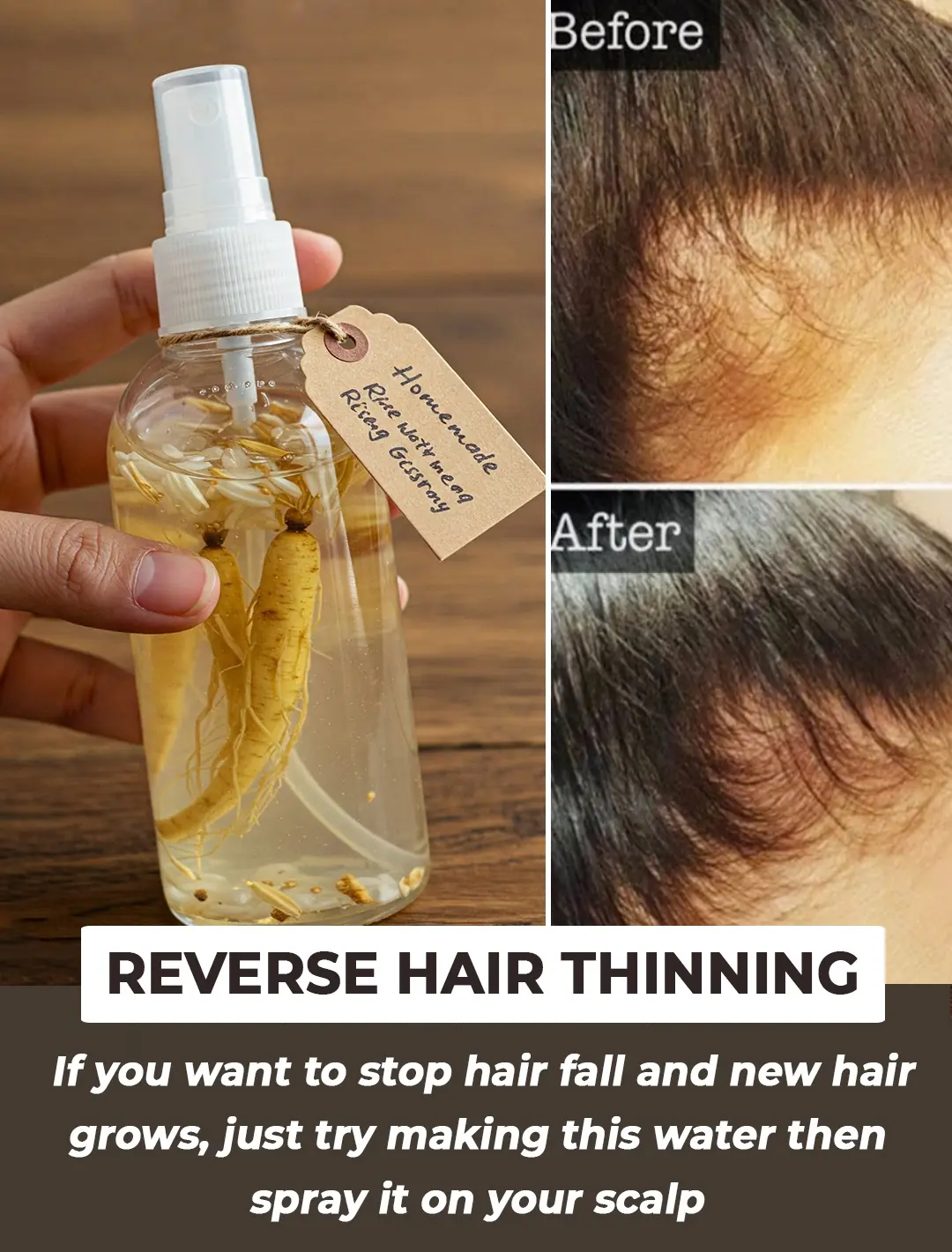
Boost your hair growth with rice water ginseng hair spray
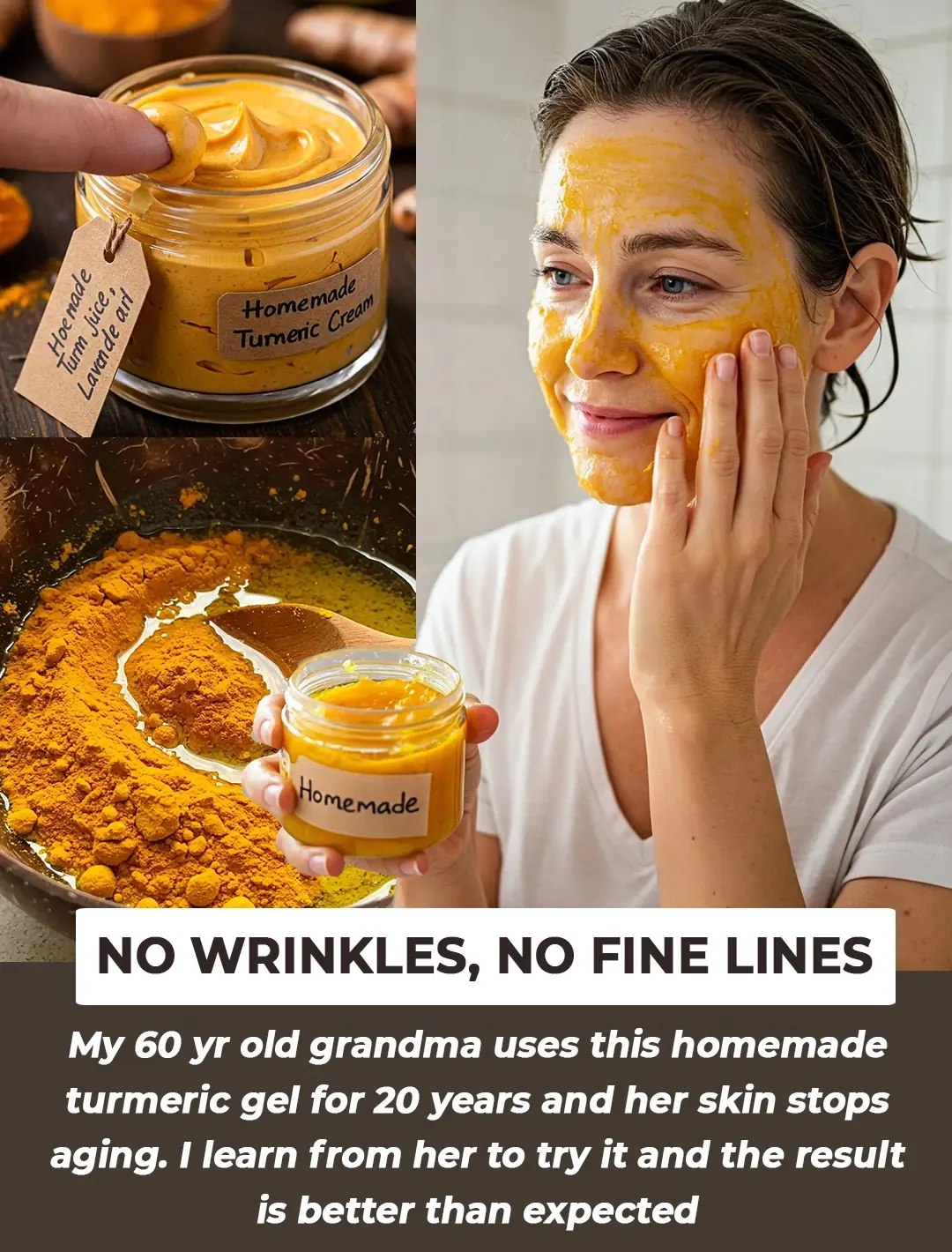
DIY Turmeric Gel For Ageless Skin: Unlock the Secrets of Radiant and Youthful Complexion
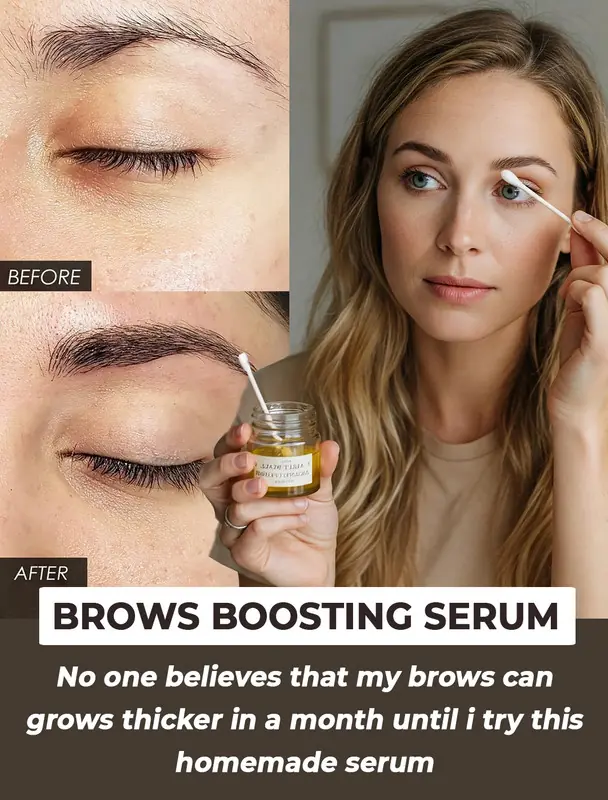
DIY Brow Boosting Serum: Thicken Eyebrows Naturally with Garlic, Castor Oil & Coconut Oil

Collagen Boosting Drink to Reverse Your Age: Get Spotless, Glowing Skin Naturally
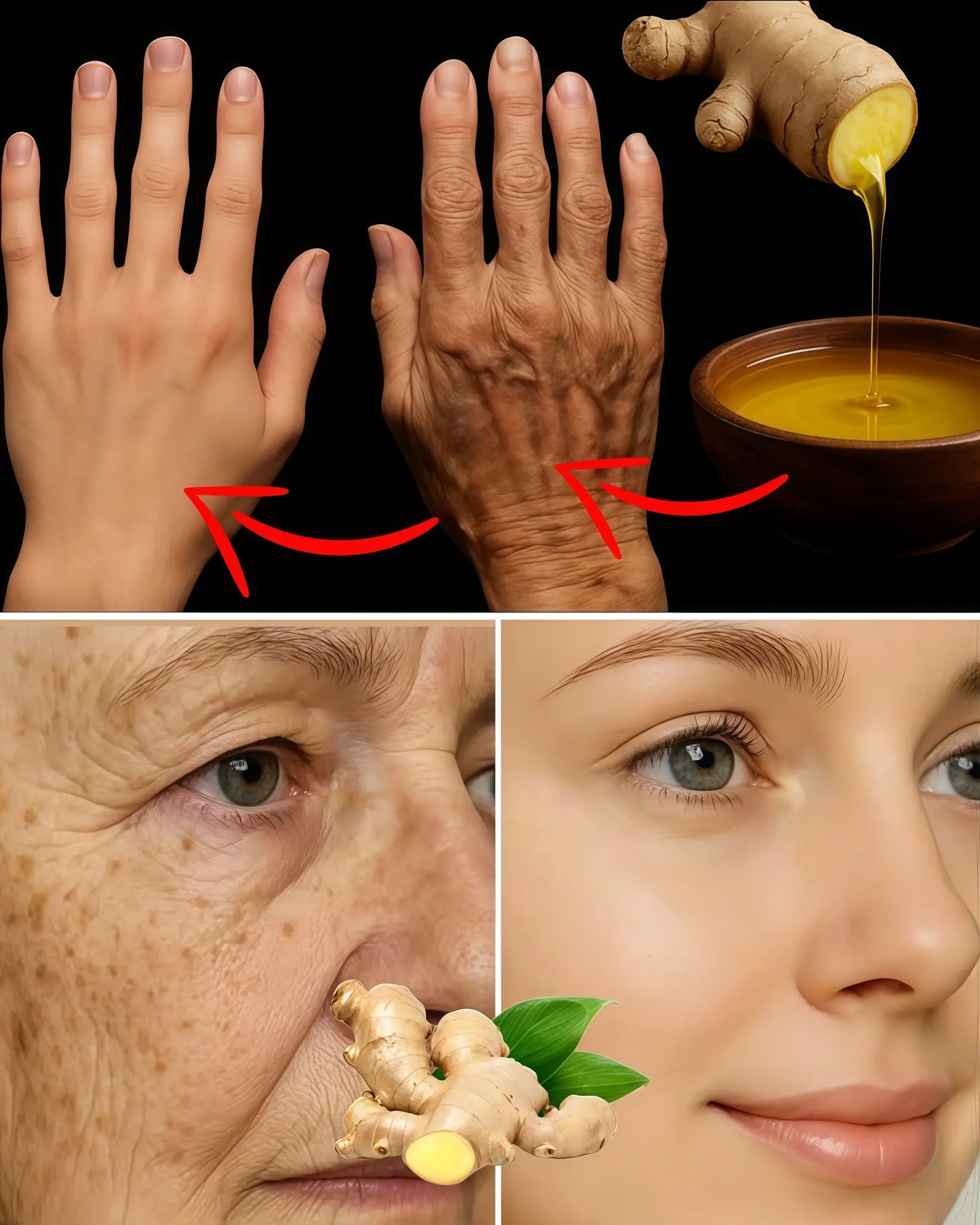
Ginger – 100 Times More Powerful Than Botox: The Natural Secret to Eliminate Wrinkles, Freckles, and Dark Spots
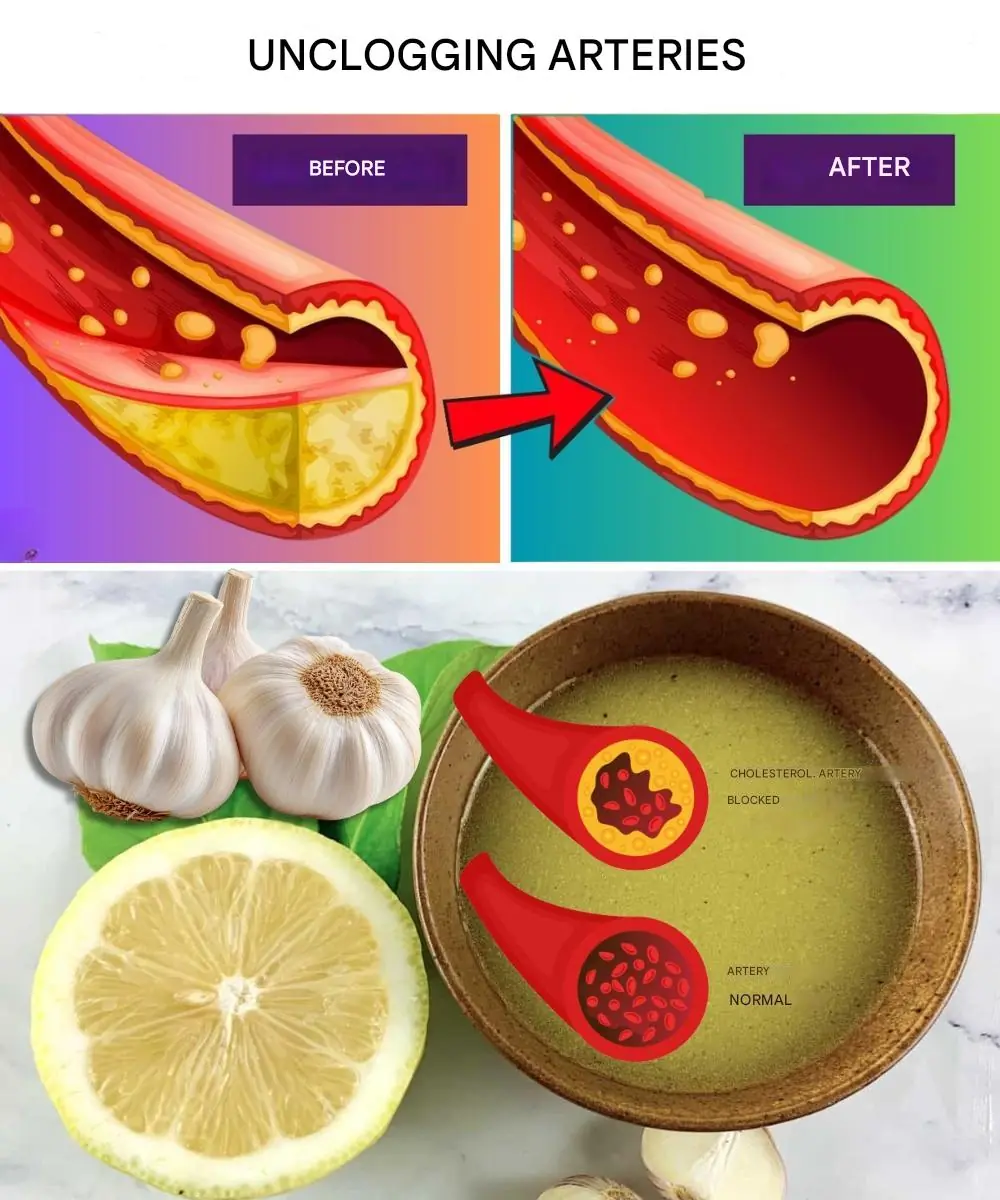
Clean Your Arteries Naturally with This Simple Homemade Juice — A Daily Tonic for Heart Health and Circulation
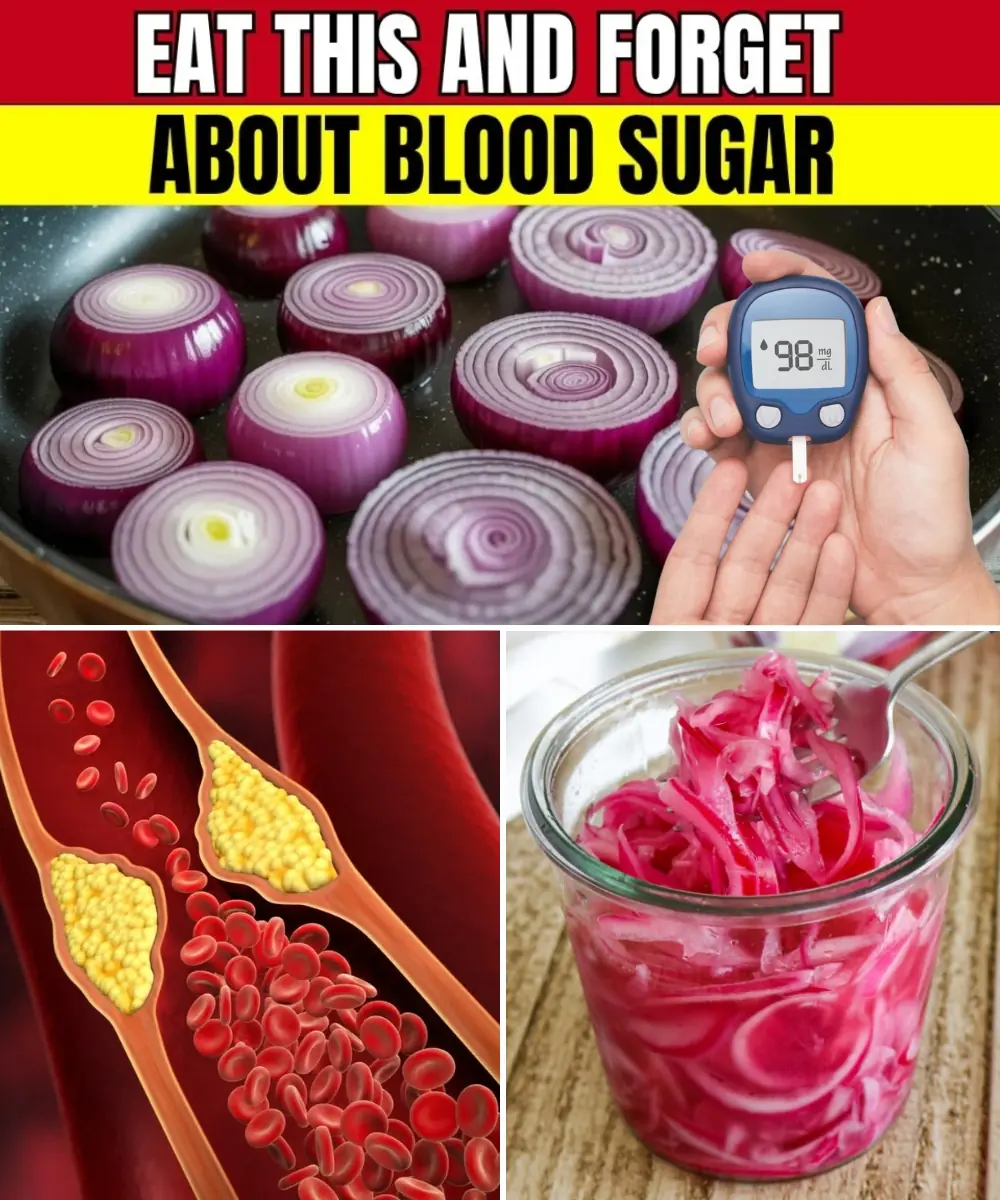
Red Onion Magic: The Little Kitchen Secret That Balances Blood Sugar Naturally
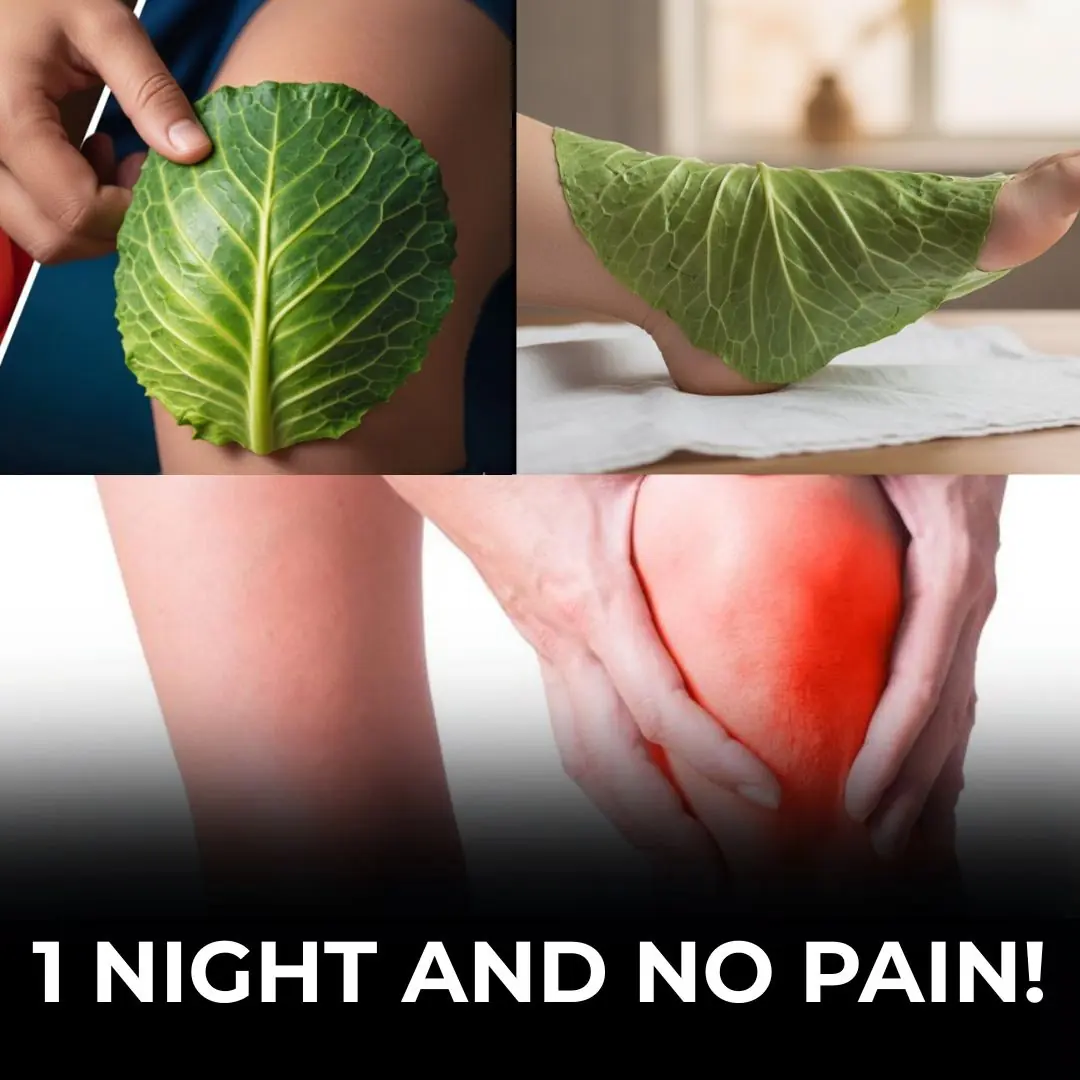
Cabbage Leaf Miracle: How to Relieve Joint Pain Overnight Naturally
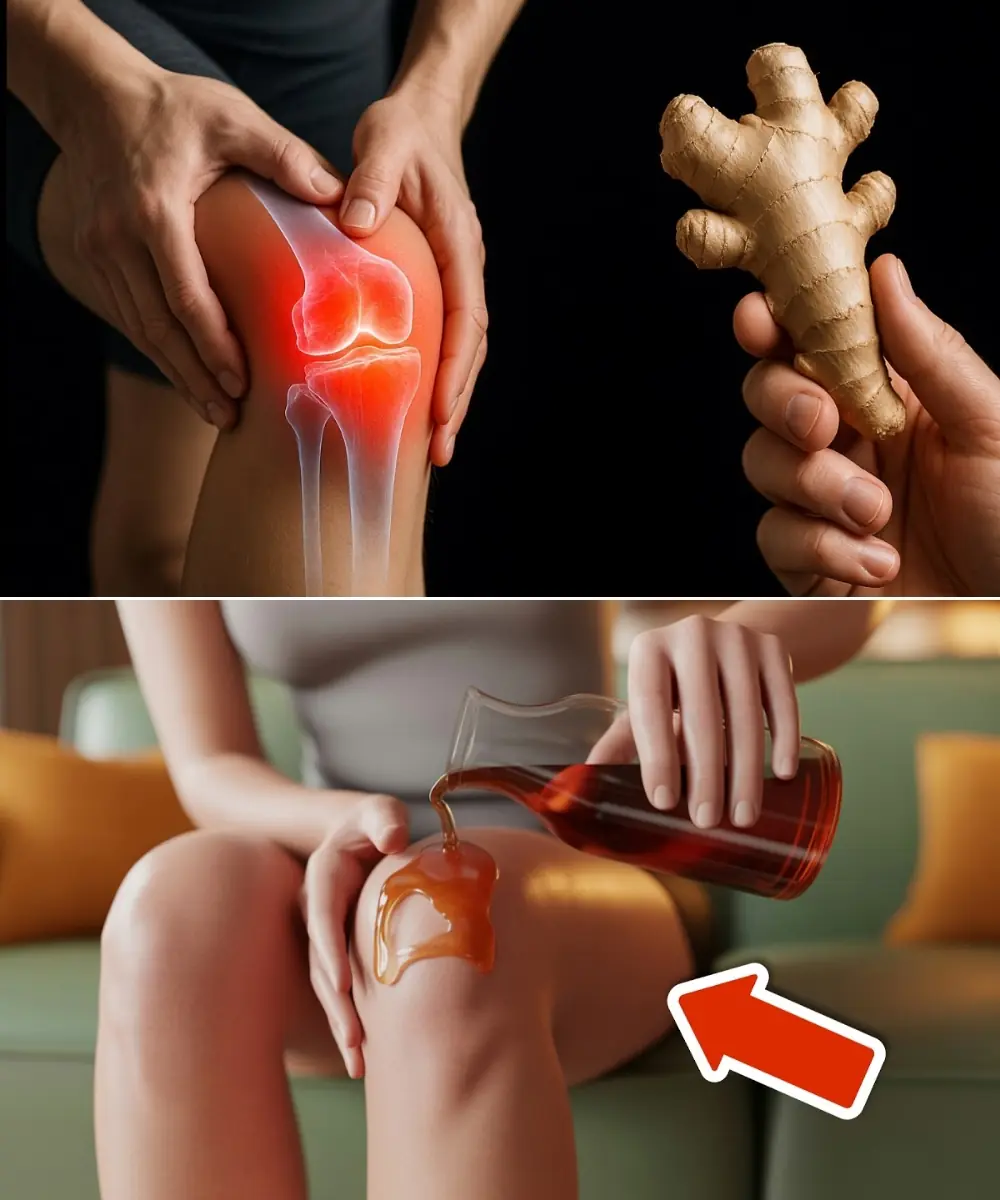
End Knee Pain Naturally: The Secret Power of Ginger Doctors Don’t Tell You

Proven Health Benefits of Dates (Dried, Fresh, Medjool) – Science Based
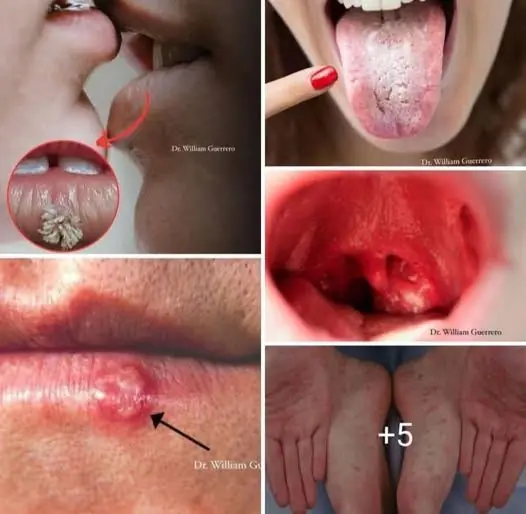
Mouth Cancer: Symptoms, Causes, Stages, and Treatment

How to Cure Sciatic Nerve Pain: A Guide to Natural Remedies

Is It Safe to Stay Inside a Car During a Thunderstorm?

Mixing Leftover Rice with Laundry Detergent: A Surprising Cleaning Hack That Works Wonders

Houttuynia Root: The Overlooked Part with Powerful Health Benefits
